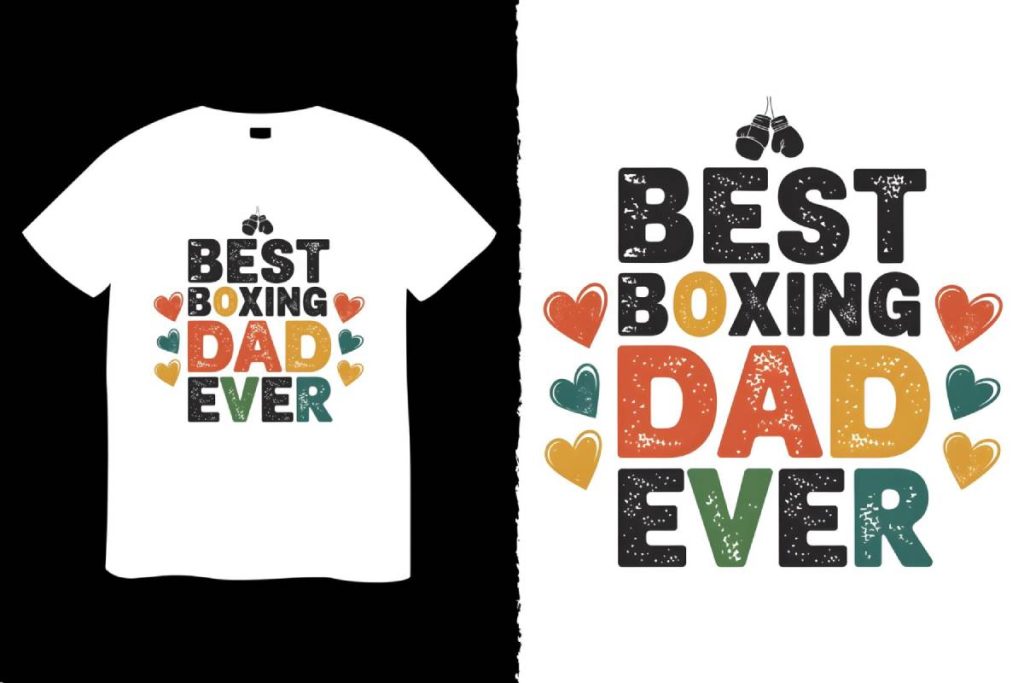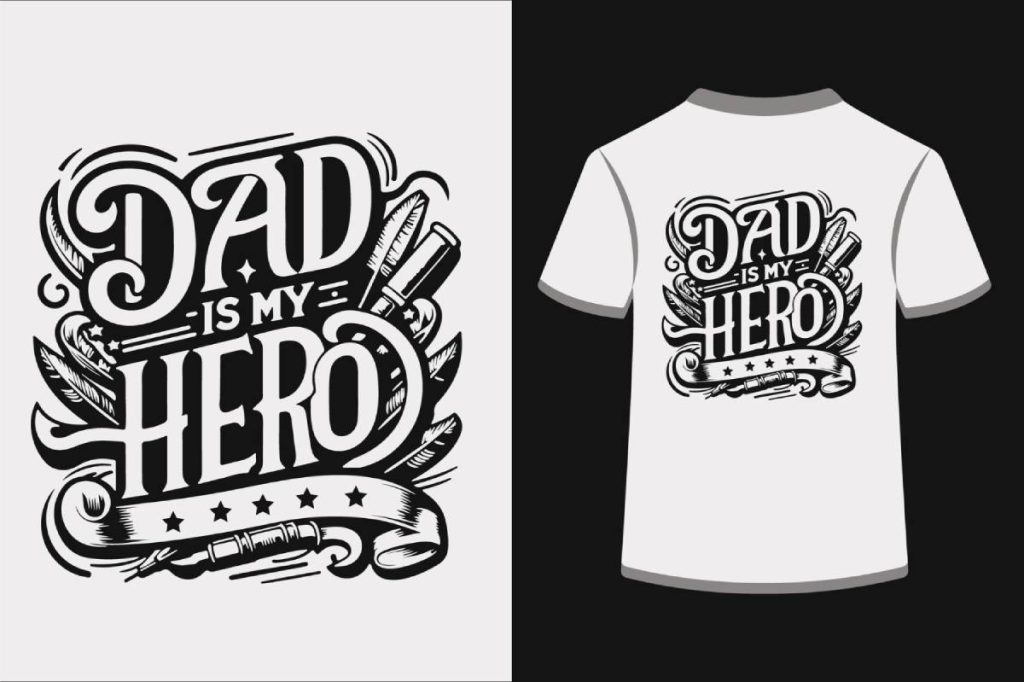DTF transfers have reshaped the landscape of apparel customization for creatives and small businesses seeking durable, vibrant prints. Understanding the DTF transfer process helps printers choose the right inks, films, and workflow for consistent results. Key considerations include DTF inks and films, white underbases, and effective curing to ensure adhesion across cotton, blends, and performance fabrics. Compared with traditional screen printing or heat transfer, DTF offers flexibility for on-demand runs and broader fabric compatibility. As you plan 2025 productions, focus on calibration, color management, and proper post-press care to sustain color fidelity and wash durability.
From a broader angle, the same concept is often described as direct-to-film decoration, film-to-garment transfer, or ink-on-film technology. In this framing, the design is created on a specialized film and fused to fabric with heat rather than printed directly onto the textile. This approach, also known as film-based digital printing for apparel, supports bold colors and delicate details across a wide range of fabrics. When comparing with legacy methods, retailers and makers weigh printer compatibility, consumables, and workflow simplicity. For 2025 projects, selecting the right printer, protective coatings, and curing steps helps ensure durable, high-quality results at scale.
DTF Transfers Explained: The Complete DTF Transfer Process
DTF transfers are a modern garment decoration method that centers on a clear, repeatable workflow. The DTF transfer process typically involves designing the artwork, printing it onto a PET film with white and CMYK inks, applying a powder adhesive, curing the film, and finally transferring the design to the garment with a heat press. This sequence yields vivid color reproduction and reliable adhesion across a range of fabrics, from cotton to blends.
Understanding the DTF transfer process helps shops plan for color management, film quality, powder application, and precise heat settings. When executed consistently, the workflow delivers high color density, sharp edge detail, and durable finishes that hold up to washing across diverse fabrics and colorways, making it suitable for photography-heavy designs, text-based logos, and multi-color artwork.
DTF Inks and Films: Materials that Drive Color Quality
A core component of DTF transfers is the ink and the film. DTF inks are typically pigment-based and designed to bond well to the white underbase and the garment fibers, with a robust white layer to ensure colors pop on dark fabrics. The film, usually a clear PET sheet, acts as the carrier for the printed image and the subsequent adhesive layer.
Advances in 2024 and 2025 have improved the reliability of white ink deposition and reduced white-layer translucency, helping produce crisp edges and smooth color transitions on complex designs. Proper curing of the film’s adhesive powder is essential to create a durable transfer that adheres evenly during the heat press.
DTF Printer Setup and Compatibility for 2025
Choosing a DTF printer setup for 2025 requires attention to compatibility and ongoing support. Many operators use modified inkjet printers with specialist DTF inks, while others opt for purpose-built DTF printers that handle the full workflow, including white ink deposition. Key considerations include ink chemistry compatibility with the film, white ink printhead maintenance, and software support for color management and ICC profiles.
Regular calibration of the printer and careful management of humidity and temperature help maintain consistent results across runs. RIP software translates artwork into printable separations and optimizes color accuracy on the printed film, enabling smooth scaling from small orders to larger formats.
DTF Curing and Wash Durability: Locking in Vibrant Prints
Curing is a critical step in the DTF workflow. After printing and applying the adhesive powder, the film is cured to melt and set the powder. The curing temperature and duration must be controlled to avoid scorching while ensuring the adhesive bonds securely to the film.
Post-press conditioning and proper garment care maximize wash durability: turning garments inside-out, washing in cold water, and avoiding harsh bleach help preserve color brightness and adhesion. When done correctly, DTF transfers resist cracking or peeling after repeated wash cycles, making them reliable for everyday wear and frequent laundering.
DTF Printing vs Heat Transfer: A Practical Comparison
Compared to traditional heat transfer, DTF printing often offers better color vibrancy and consistency, especially across large runs, thanks to multi-color CMYK and white ink layers. Durable adhesion across a broad fabric range reduces edge cracking and fading after washing.
However, DTF may involve higher upfront equipment costs and additional steps like powdering and curing. For simple, single-color designs on light fabrics, heat transfer or screen printing might be more cost-effective, so plan your volumes, garment types, and turnaround times when evaluating methods for 2025.
DTF Transfer Process Optimization for 2025 Workflows
To maximize consistency, optimize the DTF transfer process by aligning design, film quality, powder consistency, and heat settings. Regular color management calibration and film maintenance reduce the risk of color shifts and edge fuzz.
Develop a robust workflow that includes test prints, documentation of film lot numbers, adhesive batches, and curing temperatures. A defined SOP and traceability help scale production while maintaining quality across fabrics and color ranges.
Frequently Asked Questions
What is the DTF transfer process and how does it deliver vibrant, durable prints?
DTF transfers begin with a design printed on a PET film using pigment-based inks, including a white underbase, then coated with a powder adhesive and cured. The film is pressed onto fabric with a heat press, which releases the ink from the film and embeds it into the fibers. The result is a vivid, durable print with a soft hand that holds up well across fabrics and washes.
DTF printing vs heat transfer: how do they compare for garment projects?
DTF printing vs heat transfer typically shows brighter color, better color consistency across runs, and greater durability due to the white underbase and CMYK layers. DTF workflows are also flexible for on-demand and small-batch jobs without screens or plates. However, for simple, single-color designs on light fabrics, traditional heat transfer or screen printing can be more cost-effective.
What should you know about DTF inks and films to maximize print quality?
DTF inks are usually pigment-based to bond well with the white layer and fabric, delivering strong color on dark garments. The film (clear PET) carries the printed image and adhesive, so film quality and white underbase precision impact edge sharpness and color accuracy. Advances in 2024–2025 have improved white ink deposition and reduced translucency, but proper curing of the adhesive powder remains essential for a reliable transfer.
How does DTF curing and wash durability affect long-term performance?
Curing the adhesive powder after printing is critical to set the film before transfer. The curing temperature and duration must be controlled to prevent scorching and ensure secure adhesion during the heat press. With proper post-press conditioning and follow-up garment care, DTF transfers maintain brightness and resist cracking or peeling through repeated washes.
What factors matter in a DTF printer setup and compatibility for 2025?
Choosing a DTF printer setup involves deciding between modified inkjet systems and purpose-built DTF printers that handle white ink deposition. Key factors include ink chemistry compatibility with the film, maintenance needs for white ink printheads, and robust RIP software with color-management and ICC profiling. Regular calibration and environmental control (humidity and temperature) support consistent results, especially as you scale to larger formats.
What common mistakes to avoid in DTF transfers related to printer setup and compatibility?
Common mistakes include skipping calibration, using incompatible films or powders, neglecting white ink printhead maintenance, and failing to control humidity and temperature. These can cause color shifts, edge fuzz, poor adhesion, or inconsistent results. Following a documented setup SOP and using compatible consumables helps ensure reliable DTF transfers.
| Aspect | Key Point | Notes / 2025 Relevance |
|---|---|---|
| What DTF transfers are | Modern garment decoration printed on a PET film with pigment inks, then adhesive powder is applied and cured; results in vivid, durable prints across fabrics; simpler workflow than traditional screen printing. | Useful for small shops and hobbyists; 2025 trend shows growing adoption due to versatility. |
| DTF transfer process (high level) | Design → print on PET film with white + CMYK inks → apply adhesive powder → cure → transfer with heat press; quality depends on color management, film, powder, and heat settings. | Consistent workflow across setups; requires control of color, film quality, powder application, and heat. |
| Inks and films | Pigment inks with a strong white underbase; clear PET film carries the print and adhesive. Film quality and white layer affect sharpness and color; curing of adhesive powder is essential. | 2024–2025 improvements reduce white layer translucency and improve edge sharpness. |
| DTF vs heat transfer | DTF offers better color vibrancy, durability, and cross-fabric compatibility; good for on-demand and small runs; no screens/plates required. | Strong for multi-color designs; consider setup and consumables costs. |
| Printer setup & compatibility | Use modified inkjet or dedicated DTF printers; inks compatible with film; white ink printheads; RIP software; color management; regular calibration. | Scales to larger formats while preserving color integrity. |
| Curing & wash durability | Curing heats the adhesive powder to set the transfer; proper heat and timing prevent scorching and ensure adhesion; post-press care improves wash durability. | Guides for end users to maximize longevity. |
| Practical tips for 2025 | Invest in reliable films/powders; calibrate color profiles; pre-treat garments; run test prints; document job data for QC. | Helps ensure consistent, scalable results. |
| Common mistakes | Skipping calibration; overheating causing scorching; poor powder application; neglecting maintenance. | Address risk factors to improve reliability across fabrics. |
| FAQs | Can print on dark/light fabrics? Yes; DTF is durable with proper curing; inks can affect feel; cost depends on volumes. | Useful quick reference for customers or newbies. |
Summary
Conclusion: DTF transfers offer a flexible, high-quality solution for T-shirt printing in 2025, with strong color fidelity, durable adhesion, and cross-fabric compatibility. Whether you are building a new online store, a local print shop, or an in-house design department, understanding the DTF transfer process, the role of inks and films, and the impact of proper curing and printer setup helps you deliver consistent results. When weighed against heat transfer or screen printing, DTF transfers provide a unique combination of versatility and on-demand capability that many brands find appealing. As you plan for the year ahead, focus on quality materials, careful process calibration, and clear garment care guidelines to maximize the longevity and visual impact of every DTF transfer you produce.



